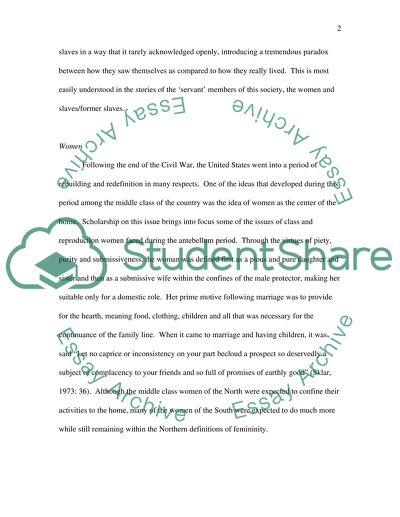Cite this document
(The Culture of Old South - Myths and Reality Literature review, n.d.)
The Culture of Old South - Myths and Reality Literature review. Retrieved from https://studentshare.org/culture/1563050-honor-virtue-and-the-paradox-of-the-old-south-antebellum-period-and-most-specifically-1800-to-1864
The Culture of Old South - Myths and Reality Literature review. Retrieved from https://studentshare.org/culture/1563050-honor-virtue-and-the-paradox-of-the-old-south-antebellum-period-and-most-specifically-1800-to-1864
(The Culture of Old South - Myths and Reality Literature Review)
The Culture of Old South - Myths and Reality Literature Review. https://studentshare.org/culture/1563050-honor-virtue-and-the-paradox-of-the-old-south-antebellum-period-and-most-specifically-1800-to-1864.
The Culture of Old South - Myths and Reality Literature Review. https://studentshare.org/culture/1563050-honor-virtue-and-the-paradox-of-the-old-south-antebellum-period-and-most-specifically-1800-to-1864.
“The Culture of Old South - Myths and Reality Literature Review”. https://studentshare.org/culture/1563050-honor-virtue-and-the-paradox-of-the-old-south-antebellum-period-and-most-specifically-1800-to-1864.


